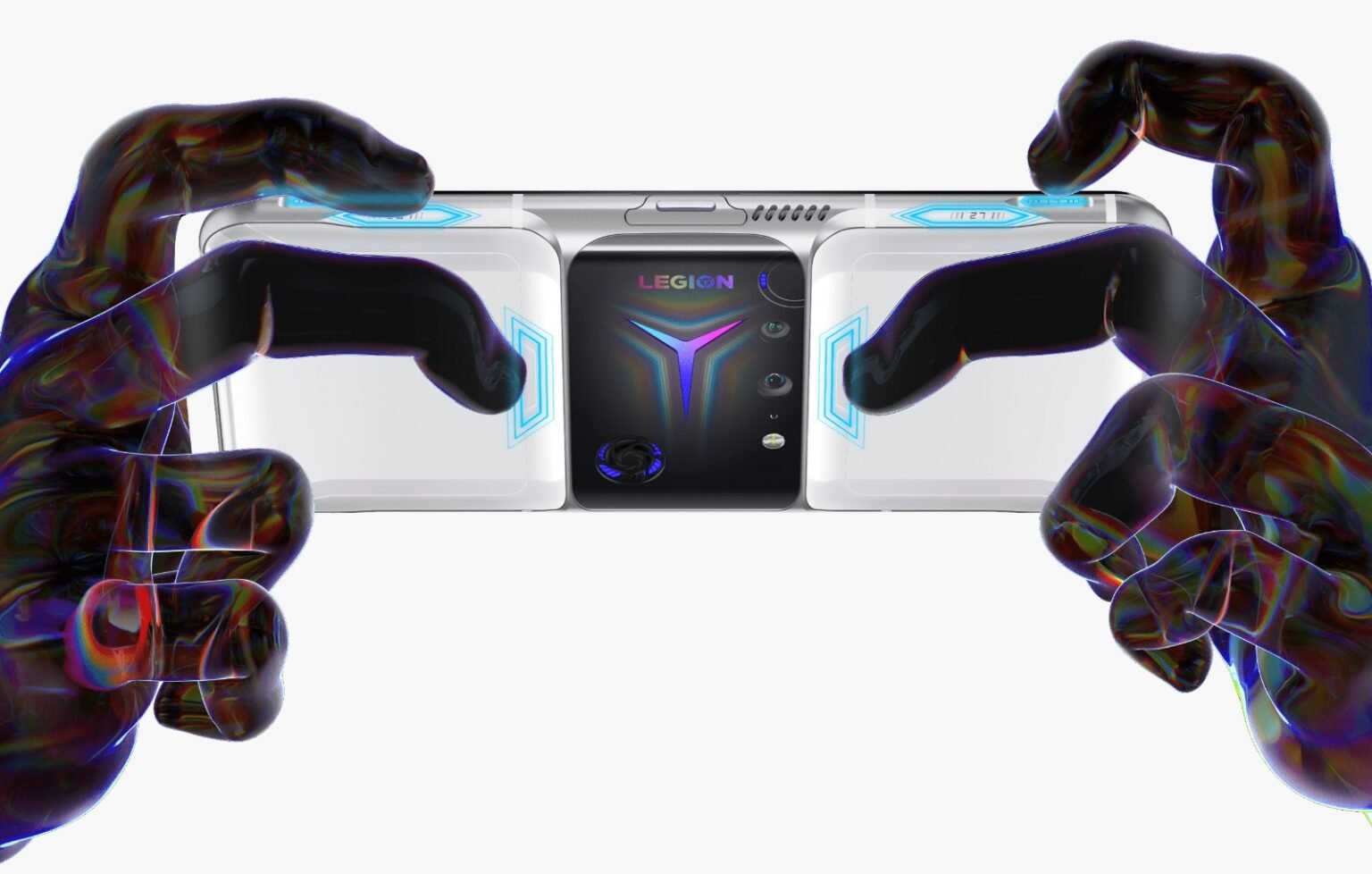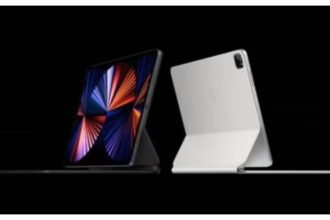Introducing Dream Laptop For Gamers Testing the Lenovo Legion Go has highlighted the concept of simplicity being superior. While high-performance specifications are appealing to tech enthusiasts, this portable PC tends to overemphasize gimmicks that lack practicality. Consequently, it resembles a prototype competing with established devices like the Steam Deck and the Asus ROG Alley, detracting from its actual capabilities.
The Lenovo Legion Go stands out as one of the most resilient handheld devices in the gaming arena. Its standout feature, drawing immediate attention from enthusiasts, is the inclusion of an 8.8-inch 1440p 144Hz touchscreen—a pioneering configuration among portable PCs. Theoretically, when complemented by a commendable frame rate, this portable powerhouse promises a smoother gaming experience than its competitors. However, a notable caveat will be discussed later.
Within its robust chassis, the Legion Go houses the AMD Ryzen Z1 Extreme processor, identical to the chip found in the Asus ROG Ele. This APU is coupled with 16GB of RAM and a 1TB SSD, providing ample storage and memory for smooth operation. Additionally, it boasts a dual 49.2WHr battery configuration, allowing sustained usage without the need for its 65W charger.
The Lenovo Legion Go encompasses all standard features expected of a handheld PC, such as Bluetooth, USB-C connectivity, microSD support, and WiFi 6E compatibility. Notably, the device is composed of three detachable components, including the ‘TrueStrike’ controllers.
Each controller features a Hall effect joystick, haptic feedback, a six-axis gyro, two rear buttons, and a 900mAh battery. Additionally, the right-hand pad incorporates a trackpad and an optical sensor at its base, enabling mouse-like functionality, albeit potentially disruptive during gaming sessions.
Let’s delve into the design aspect, as the Lenovo Legion Go presents a respectable aesthetic for a handheld device. Its slender bezels contribute to safeguarding the expansive screen from visual distractions, and despite being slightly heavier than anticipated, it offers a relatively comfortable grip.
The inclusion of RGB lighting around each controller thumbstick adds a customary touch of gaming hardware allure, while discreetly positioned cooling vents on the top and back enhance heat dissipation. Other notable design elements include a wide kickstand reminiscent of the Nintendo Switch OLED and dual USB-C ports, with the lower input reserved for gaming while charging. Regrettably, the TrueStrike controllers detract from the overall design appeal, as Lenovo’s emulation of the Joy-Cons feels somewhat compromised.
The Lenovo Legion Go will attract gamers seeking a large screen, impressive specifications, and an array of features. However, its ambitious nature renders it more akin to an experimental prototype than a polished rival to the Steam Deck. While the AMD Ryzen Z1 Extreme processor boasts commendable capabilities similar to the Asus ROG Ally, it falls short of delivering an equivalent overall user experience.
For those prioritizing a handheld with a high refresh rate, ample processing power, and compatibility with older PC games at 1440p resolution, Lenovo’s ongoing software enhancements may enhance its appeal over time. Nonetheless, currently available alternatives offer a more cohesive package. This underscores the notion that size doesn’t always correlate with superiority, and ideally, this lesson will influence the direction of the portable gaming market in 2024 and beyond.
One of the biggest flaws of the Legion Go is that it’s a handheld that feels like it was made by laptop makers. I mean, this statement is obviously silly, given that that’s exactly what it is, but I hope it explains why you don’t want to do this when designing a handheld gaming PC.
At $799/£799, the Lenovo Legion Go is one of the more expensive best gaming handheld contenders. When you consider its sharp 8.8-inch screen and powerful Ryzen Z1 Extreme GPU, you could argue that this is a small price to pay, but the fact is that you can now buy it for less than $600. You can take Asus ROG Ally for Rs.


















